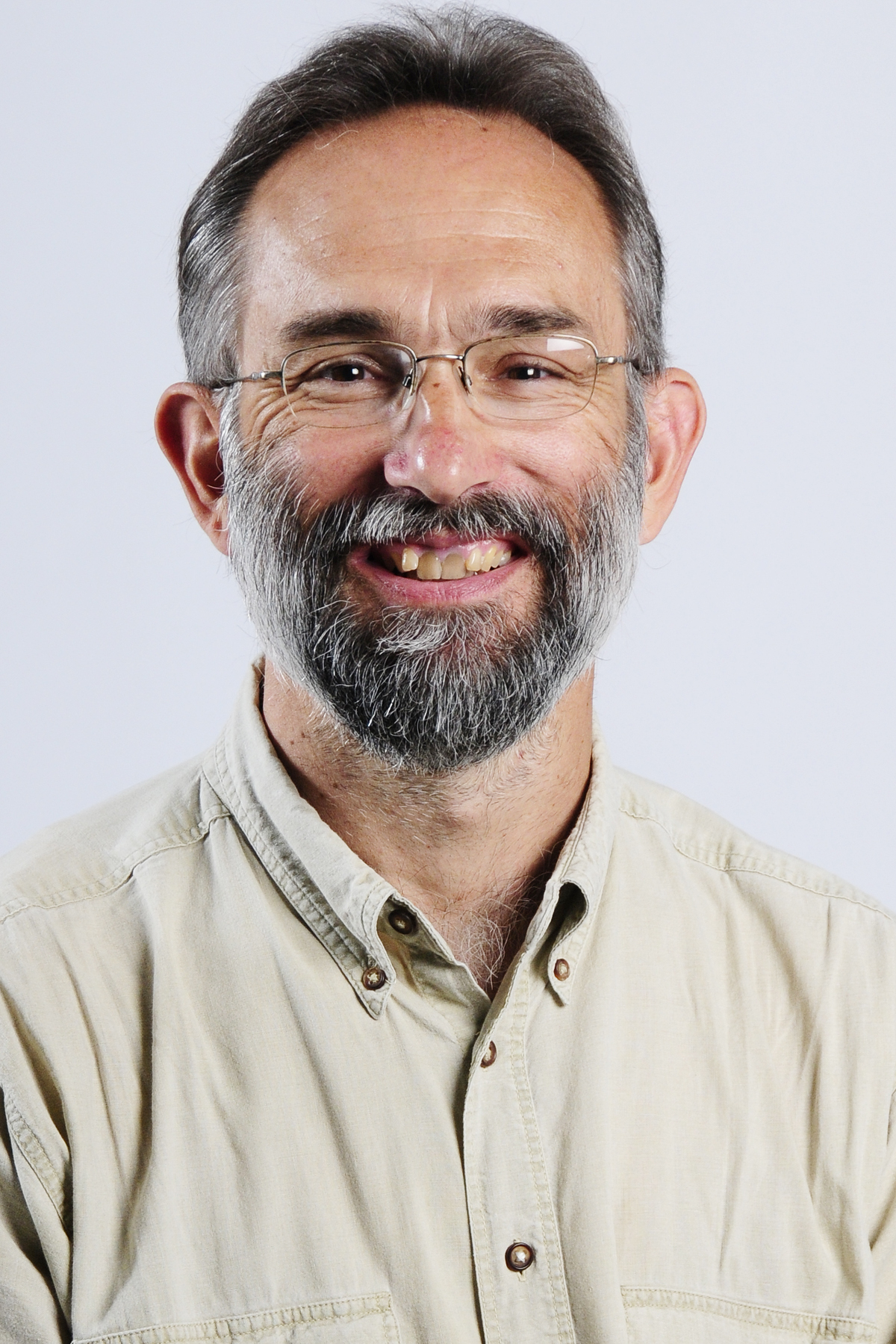
Date: Mon Aug 1, 2016
Time: 10:20 AM - 12:00 PM
Moderator: N/A
Climate Smart Agriculture (CSA) aims at improving farm productivity and profitability in a sustainable way while building resilience to climate change and mitigating the impacts of agriculture on greenhouse gas emissions. The idea behind this concept is that informed management decision can help achieve these goals. In that matter, Precision Agriculture goes hand-in-hand with CSA. The Colorado State University Laboratory of Precision Agriculture (CSU-PA) is conducting research on CSA practices that can help increase crop productivity, profitability, build resilience to climate change and mitigate the effect of agriculture on greenhouse gas emissions. Nitrogen fertilizer is the most widely used nutrient on the planet and the most important anthropogenic contributor of nitrous oxide emissions from agricultural sources. With increasing pressure to produce more food globally, many economies have been increasing nitrogen consumption. The global nitrogen use efficiency (NUE) estimates are in the proximity of 40%, which indicates that a lion share of nitrogen is lost in the biosphere every year. For farmers, to practice climate smart agriculture mandates enhancement of NUE. Long-term research at Colorado State University since 1997 has developed and demonstrated site-specific management zones as an effective tool for CSA. This research observed a reduction of up to 46% in nitrogen loadings without impairing grain yields. Coupling site-specific management zones with more recent innovations such as active proximal sensors enables the management of both, macro- and micro-variability in farm-fields and may result in further improvement of nitrogen use efficiency and reductions in N loadings in the biosphere. Increasing NUE with such advanced decision making process decreases the dependence on fossil fuel costly conversion of N2 to urea and reduces the unused amounts of nitrates in the field contributing to N2O emissions. Improving NUE through precision agricultural techniques has great potential to mitigate climate change. On the other hand, it is expected that most of the impacts of climate change will be related to water. At CSU-PA, research is also being conducted to better understand the mechanisms determining the basis of precision irrigation. It has been demonstrated that spatial variability of soil water content exists even in leveled fields. Addressing this variability using precision irrigation could help farmers build resilience to climate changes by increasing their water productivity. Overall, research at CSU-PA confirms that more informed decision can help achieve the goals of CSA.


The agriculture sector is a unique sector due to its strategic importance for both citizens and economy which, ideally, should make the whole sector a network of interacting organizations. There is an increasing tension, the like of which is not experienced in any other sector, between the requirements to assure full safety and keep costs under control, but also assure the long-term strategic interests of Europe and worldwide. In that sense, agricultural production influences, and is influenced by water quality and quantity, ecosystems, biodiversity, the economy, and energy use and supply. The seasonality and ubiquity of agriculture make agricultural practices and production amenable to efficient synoptic monitoring. The effectiveness of each production, including agriculture, is determined by the ratio of the value of the production outputs to the value of production inputs. For agricultural production the efficiency is affected not only by the internal factors of the production process, but also by external factors (climate, subsidies, the situation in the global market, etc.). The nature of agricultural production does not simply allow pure reducing of energy intensity; in fact the production is affected by many other factors such as: Crop rotation requires several years interval between growing certain crops on the same land repeatedly or specific crop sequence is required, Selection of crops variety is affected by market demand, Agricultural production is greatly influenced by the subsidy rules, Some operations can be operatively affected by climatic conditions., The use of waste biomass energy potential is influenced by the structure of crops and the technology used on the farm. Acquiring knowledge about the energy and carbon intensity of different crops on different lands, how the farm processes work, and how to take care of the variability within fields in a single farm is very demanding using traditional approach of farming. Considering large area of agricultural lands, new technologies are demanded for collecting sensitive data and evaluating these data, No optimization processes can be performed without sufficient and objective knowledge.
In this paper by prediction we have defined maize yield in precision plant production technologies according to five different climate change scenarios (Ensembles Project) until 2100 and in one scenario until 2075 using DSSAT v. 4.5.0. CERES-Maize decision support model. Sensitivity analyses were carried out. The novelty of the method presented here is that precision, variable rate technologies from relatively small areas (in our case 2500 m2) enable a large amount of data to be collected and conclusions to be extended to larger areas. We have concluded for the soil chemical parameters that according to the summarized ranking indexes the order is P2O5, clay content, Ca, NO2-NO3-N. Concerning yield, in the model predicting most critical changes 5.22 mm precipitation compensates for 1ppm CO2 increase, or 1 degree temperature maximum increase compensates for 2.18 degrees temperature minimum increase or 18.56 ppm CO2 increase is compensated for by 1 degree temperature minimum increase.
More nitrogen fertilizer is applied to corn than to all other U.S. crops combined, contributing to atmospheric heat trapping when nitrous oxide is produced. Higher nitrogen rate is well known to increase nitrous oxide emissions, and earlier N application time may increase the window during which nitrous oxide can form. An experiment was initiated in 2012 comparing nitrogen management and drainage effects on corn yield and nitrous oxide emissions. Two nitrogen treatments were used: 140 lb N/acre applied before planting, and N applied variably when corn was knee-high with N rate guided by canopy sensors. Little nitrous oxide was released in 2012, a drought year. In 2013, in-season N application reduced nitrous oxide emissions by 75% compared to pre-plant N application; in 2014 the reduction was 40%. In both years, in-season N application increased corn yield by nearly 20 bushels/acre relative to pre-plant application. Nitrate concentration in drainage water was also reduced.

Maize (Zea mays L.) production accounts for the largest share of crop land area in the U.S. It is the largest consumer of nitrogen (N) fertilizers but has low N Recovery Efficiency (NRE, the proportion of applied N taken up by the crop). This has resulted in well-documented environmental problems and social costs associated with high reactive N losses associated with maize production. There is a potential to reduce these costs through precision management, i.e., better application timing, use of enhanced efficiency products, and more precise rate calculations. However, promoting management changes by means of environmental policies requires robust analysis of the possible environmental outcomes. This research gap is addressed using Adapt-N, a computational precision N management tool that combines soil, crop and management information with near-real-time weather data to estimate optimum N application rates for maize. Using results from a large synthetic dataset of 8100 simulations spanning 6 years (2010-2015), we have explored the total required N rates and environmental losses resulting from seven N management scenarios applied in the top 5 US maize production states – IL, IN, IA, MN and NE. To cover a wide range of weather and production environments, all scenarios were applied at five randomly selected locations in each state, using combinations of three soil texture classes and two organic matter contents. The results indicate that fall applications lead to the lowest NRE with substantial amounts of N losses and highest total amount of required N. Nitrification inhibitors were found to have marginal benefits for fall applied N, but effective with spring applications. Spring pre-plant N applications where found to have higher NRE than fall applications, but could still lead to high N losses under wet spring conditions. These losses were significantly reduced when nitrification and urease inhibitors were applied. Out of all simulated N management scenarios, applying a split application of a modest starter followed by the majority of N applied at sidedress was found to have on average the lowest total N amount required, lowest N losses and overall, and highest NRE. These results demonstrate that computational precision management tools could be used to inform environmental policies and business models to reduce environmental costs associated with maize production in the U.S.

